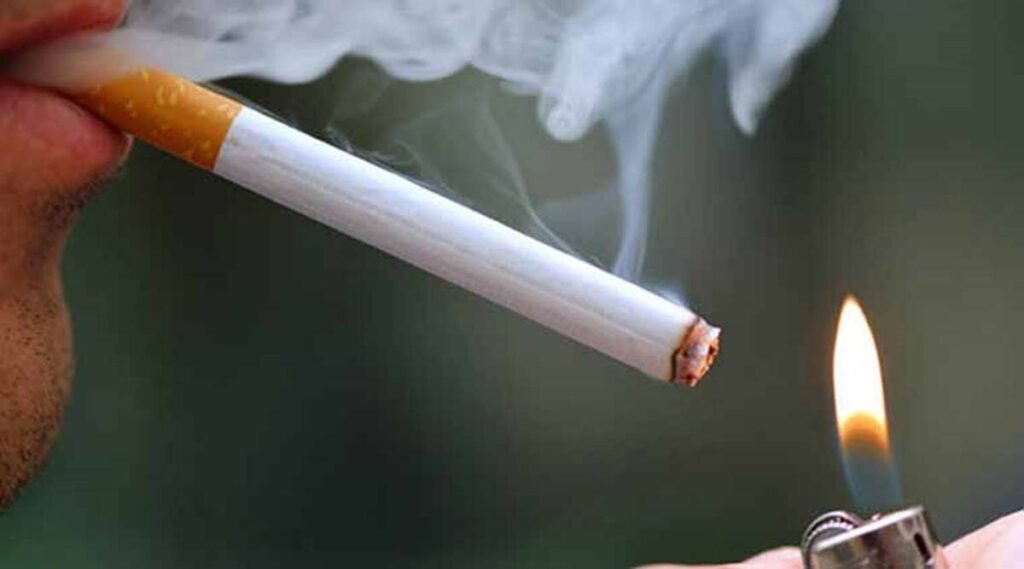Since childhood, I have seen people discouraging tobacco in any form and the cigarette pack with a picture of a person’s mouth showing some sort of ulcer or cancer along with a disclaimer on its adverse effects on lungs. However, tobacco was and still is very popular among certain age groups. Some can’t stop using it and some won’t stop using it in the light of their justifications.
The world is marking “World No Tobacco Day” and Pakistan is also celebrating this in the hope to create awareness among the masses about the dangers and adverse effects of tobacco on our health.
Tobacco kills 118,000 people in the country every year. In Pakistan, 19% of the people, over the age of 15 years, use tobacco in any form which also costs the country Rs615bn per annum on smoking-related illnesses.
A complete ban has been placed in Pakistan on advertisements of tobacco and tobacco-related products. Selling loose cigarettes is prohibited, as well as the display of banners and placards of cigarette brands at the point of sale.
Selling cigarettes near educational institutions has also been outlawed in Pakistan.
Pakistan made a commitment in 2005, when it signed the World Health Organization’s (WHO) Framework Convention on Tobacco Control (FCTC), to reduce tobacco consumption and ensure the right of people to the highest standards of health.
The tobacco epidemic is one of the biggest public health threats the world has ever faced, killing more than eight million people a year around the world.
Direct tobacco use accounts for more than seven million of those deaths while around 1.2 million are the result of non-smokers being exposed to second-hand smoke.
It is declared that there is no safe level of exposure to tobacco and all forms of tobacco are harmful. Globally, cigarette smoking is the most common form of tobacco use. Other tobacco products include waterpipe tobacco, various smokeless tobacco products, cigars, cigarillos, roll-your-own tobacco, pipe tobacco, bidis, and kreteks.
According to WHO, waterpipe tobacco use is damaging to health in similar ways to cigarette tobacco use. However, the health dangers of waterpipe tobacco use are often little understood by users.
Smokeless tobacco contains many cancer-causing toxins and its use increases the risk of cancers of the head, neck, throat, oesophagus, and oral cavity (including cancer of the mouth, tongue, lip and gums) as well as various dental diseases.
Over 80% of the 1.3 billion tobacco users worldwide live in low- and middle-income countries, where the burden of tobacco-related illness and death is the heaviest.
According to the studies, few people understand the specific health risks of tobacco use. However, when smokers become aware of the dangers of tobacco, most want to quit.
Only 4% of attempts to quit tobacco usually succeed while professional support and proven cessation medications can double a tobacco user’s chance of successfully quitting the habit.
The illicit trade in tobacco products poses major health, economic, and security concerns around the world.


